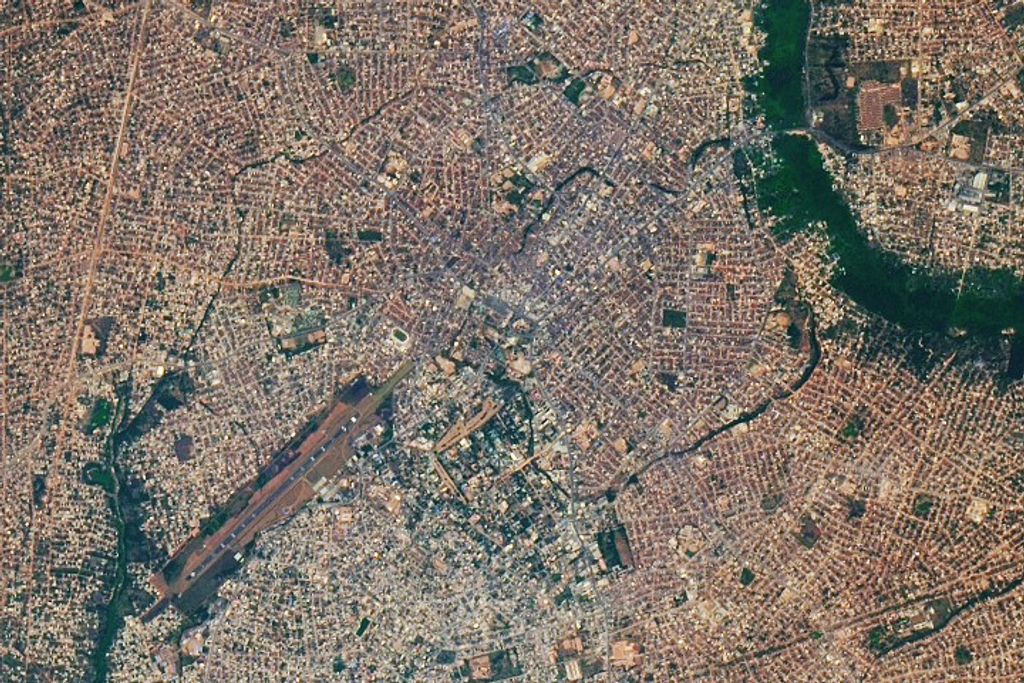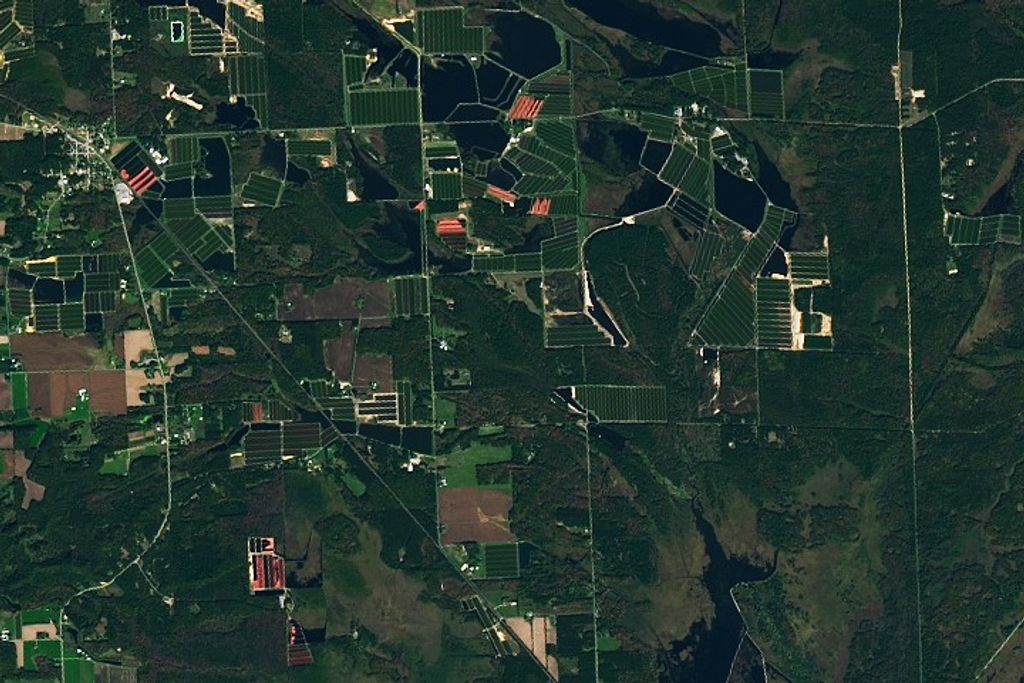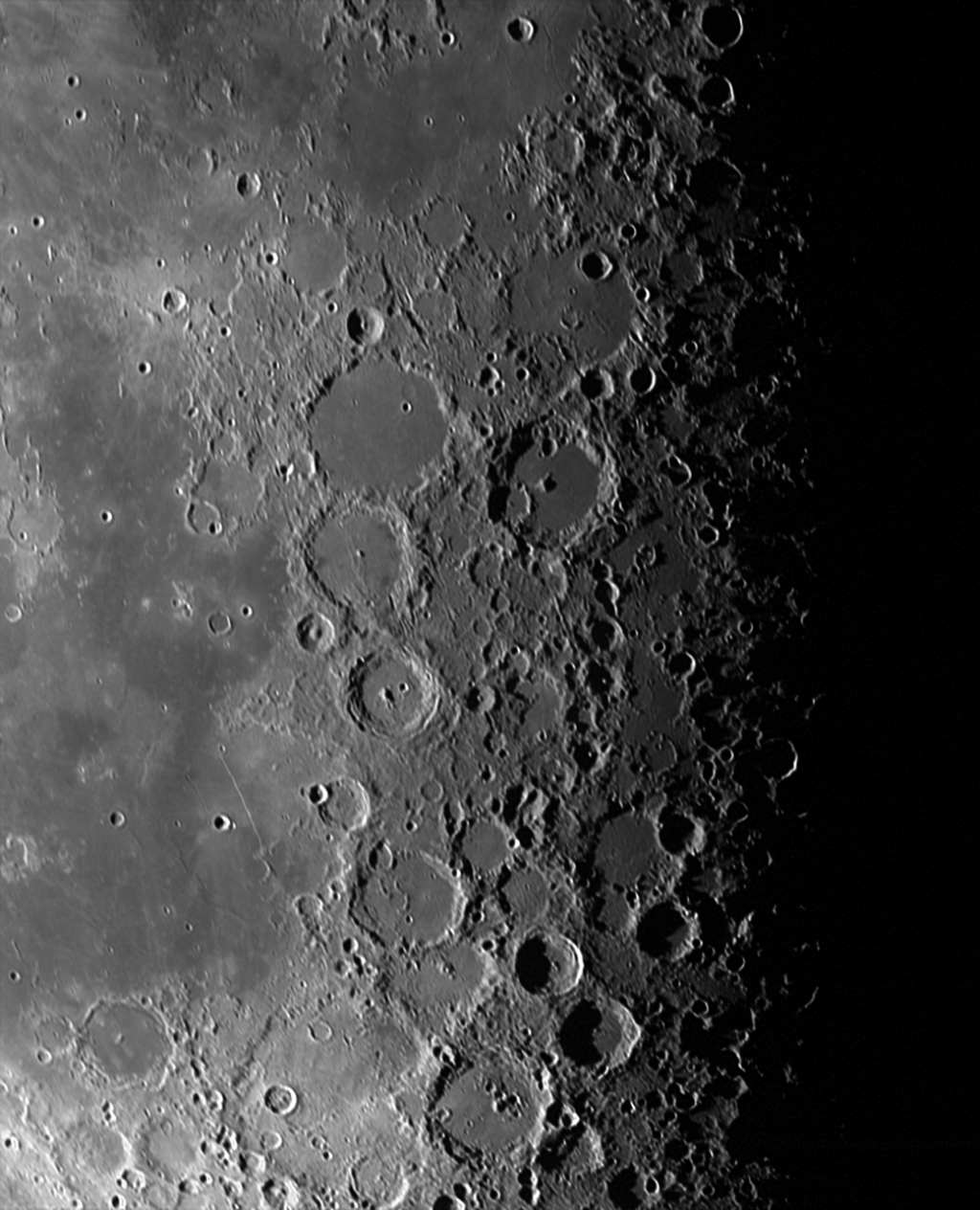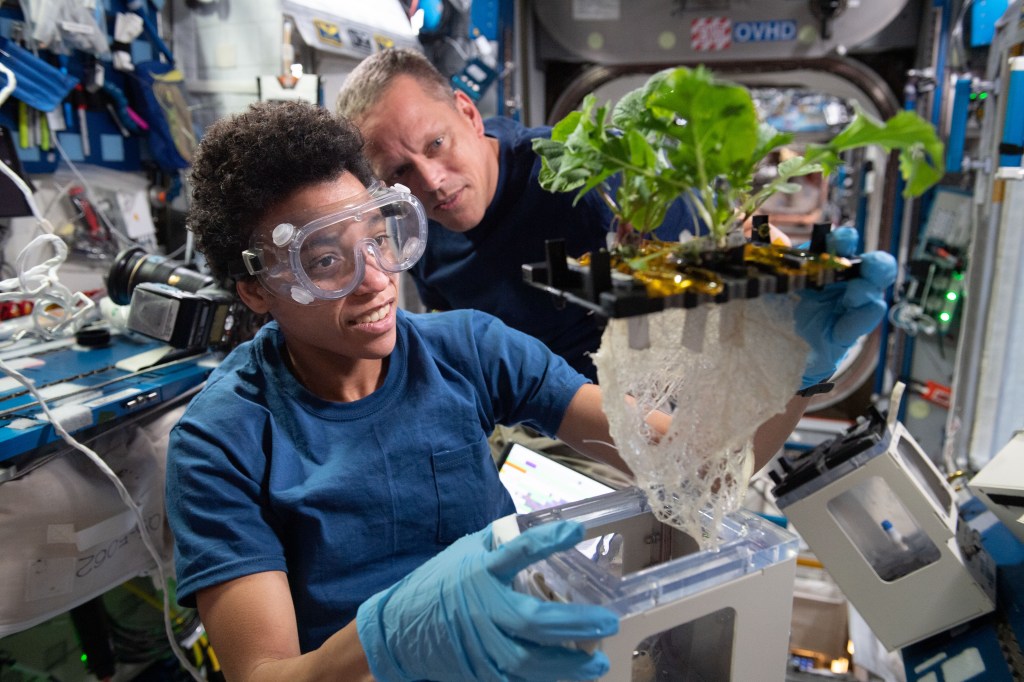Biological and Physical Sciences Standards Alignments
Biological and Physical Sciences Standards Alignments
Grouped by Disciplines
Printer Friendly: Biological and Physical Sciences Standards Alignments (PDF)
| Physical Science | ||
| Grade | Standard | NGSS PE (link) |
| K | Plan and conduct an investigation to compare the effects of different strengths or different directions of pushes and pulls on the motion of an object. | K-PS2-1 |
| 1 | Plan and conduct investigations to provide evidence that vibrating materials can make sound and that sound can make materials vibrate. | 1-PS4-1 |
| 2 | Plan and conduct an investigation to describe and classify different kinds of materials by their observable properties. | 2-PS1-1 |
| 3 | Ask questions to determine cause and effect relationships of electric or magnetic interactions between two objects not in contact with each other | 3-PS2-3 |
| 4 | Make observations to provide evidence that energy can be transferred from place to place by sound, light, heat, and electric currents. | 4-PS3-2 |
| 5 | Develop a model to describe that matter is made of particles too small to be seen. | 5-PS1-1 |
| Middle School 6-8 | Develop a model that predicts and describes changes in particle motion, temperature, and state of a pure substance when thermal energy is added or removed. | MS-PS1-4 |
| Middle School 6-8 | Construct and present arguments using evidence to support the claim that gravitational interactions are attractive and depend on the masses of interacting objects. | MS-PS2-4 |
| Middle School 6-8 | Develop and use a model to describe that waves are reflected, absorbed, or transmitted through various materials. | MS-PS4-2 |
| High School 9-12 | Use mathematical representations of Newton’s Law of Gravitation and Coulomb’s Law to describe and predict the gravitational and electrostatic forces between objects. | HS-PS2-4 |
| High School 9-12 | Design, build, and refine a device that works within given constraints to convert one form of energy into another form of energy. | HS-PS3-3 |
| High School 9-12 | Use mathematical representations to support a claim regarding relationships among the frequency, wavelength, and speed of waves traveling in various media. | HS-PS4-1 |
| High School 9-12 | Evaluate the validity and reliability of claims in published materials of the effects that different frequencies of electromagnetic radiation have when absorbed by matter. | HS-PS4-4 |
| Life Science | ||
| Grade | Standard | NGSS PE (link) |
| K | Use observations to describe patterns of what plants and animals (including humans) need to survive. | K-LS1-1 |
| 1 | Make observations to construct an evidence-based account that young plants and animals are like, but not exactly like, their parents. | 1-LS3-1 |
| 2 | Plan and conduct an investigation to determine if plants need sunlight and water to grow. | 2-LS2-1 |
| 3 | Use evidence to support the explanation that traits can be influenced by the environment. | 3-LS3-2 |
| 4 | Use a model to describe that animals receive different types of information through their senses, process the information in their brain, and respond to the information in different ways. | 4-LS1-2 |
| 5 | Support an argument that plants get the materials they need for growth chiefly from air and water. | 5-LS1-1 |
| Middle School 6-8 | Conduct an investigation to provide evidence that living things are made of cells; either one cell or many different numbers and types of cells. | MS-LS1-1 |
| Middle School 6-8 | Use argument based on empirical evidence and scientific reasoning to support an explanation for how characteristic animal behaviors and specialized plant structures affect the probability of successful reproduction of animals and plants, respectively. | MS-LS1-4 |
| Middle School 6-8 | Construct a scientific explanation based on evidence for how environmental and genetic factors influence the growth of organisms. | MS-LS1-5 |
| Middle School 6-8 | Construct a scientific explanation based on evidence for the role of photosynthesis in the cycling of matter and flow of energy into and out of organisms. | MS-LS1-6 |
| Middle School 6-8 | Develop a model to describe how food is rearranged through chemical reactions, forming new molecules that support growth and/or release energy as this matter moves through an organism. | MS-LS1-7 |
| Middle School 6-8 | Gather and synthesize information that sensory receptors respond to stimuli by sending messages to the brain for immediate behavior or storage as memories. | MS-LS1-8 |
| Middle School 6-8 | Construct an explanation that predicts patterns of interactions among organisms across multiple ecosystems. | MS-LS2-2 |
| Middle School 6-8 | Develop a model to describe the cycling of matter and flow of energy among living and nonliving parts of an ecosystem. | MS-LS2-3 |
| Middle School 6-8 | Construct an argument supported by empirical evidence that changes to physical or biological components of an ecosystem affect populations. | MS-LS2-4 |
| Middle School 6-8 | Construct an explanation based on evidence that describes how genetic variations of traits in a population increase some individuals’ probability of surviving and reproducing in a specific environment. | MS-LS4-4 |
| Middle School 6-8 | Gather and synthesize information about technologies that have changed the way humans influence the inheritance of desired traits in organisms. | MS-LS4-5 |
| Middle School 6-8 | Use mathematical representations to support explanations of how natural selection may lead to increases and decreases of specific traits in populations over time. | MS-LS4-6 |
| High School 9-12 | Construct an explanation based on evidence for how the structure of DNA determines the structure of proteins which carry out the essential functions of life through systems of specialized cells. | HS-LS1-1 |
| High School 9-12 | Develop and use a model to illustrate the hierarchical organization of interacting systems that provide specific functions within multicellular organisms. | HS-LS1-2 |
| High School 9-12 | Plan and conduct an investigation to provide evidence that feedback mechanisms maintain homeostasis. | HS-LS1-3 |
| High School 9-12 | Use a model to illustrate how photosynthesis transforms light energy into stored chemical energy. | HS-LS1-5 |
| High School 9-12 | Construct and revise an explanation based on evidence for how carbon, hydrogen, and oxygen from sugar molecules may combine with other elements to form amino acids and/or other large carbon-based molecules. | HS-LS1-6 |
| High School 9-12 | Use mathematical and/or computational representations to support explanations of factors that affect the carrying capacity of ecosystems at different scales. | HS-LS2-1 |
| High School 9-12 | Use mathematical representations to support and revise explanations based on evidence about factors affecting biodiversity and populations in ecosystems of different scales. | HS-LS2-2 |
| High School 9-12 | Construct and revise an explanation based on evidence for the cycling of matter and flow of energy in aerobic and anaerobic conditions. | HS-LS2-3 |
| High School 9-12 | Use mathematical representations to support claims for the cycling of matter and flow of energy among organisms in an ecosystem. | HS-LS2-4 |
| High School 9-12 | Develop a model to illustrate the role of photosynthesis and cellular respiration in the cycling of carbon among the biosphere, atmosphere, hydrosphere, and geosphere. | HS-LS2-5 |
| High School 9-12 | Evaluate claims, evidence, and reasoning that the complex interactions in ecosystems maintain relatively consistent numbers and types of organisms in stable conditions, but changing conditions may result in a new ecosystem. | HS-LS2-6 |
| High School 9-12 | Design, evaluate, and refine a solution for reducing the impacts of human activities on the environment and biodiversity. | HS-LS2-7 |
| High School 9-12 | Evaluate evidence for the role of group behavior on individuals and species’ chances to survive and reproduce. | HS-LS2-8 |
| High School 9-12 | Ask questions to clarify relationships about the role of DNA and chromosomes in coding the instructions for characteristic traits passed from parents to offspring. | HS-LS3-1 |
| High School 9-12 | Construct an explanation based on evidence that the process of evolution primarily results from four factors: (1) the potential for a species to increase in number, (2) the heritable genetic variation of individuals in a species due to mutation and sexual reproduction, (3) competition for limited resources, and (4) the proliferation of those organisms that are better able to survive and reproduce in the environment. | HS-LS4-2 |
| High School 9-12 | Create or revise a simulation to test a solution to mitigate the adverse impacts of human activity on biodiversity. | HS-LS4-6 |




























